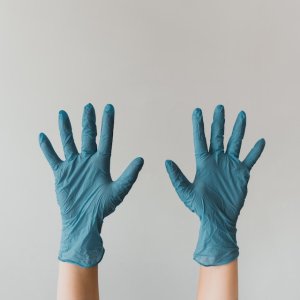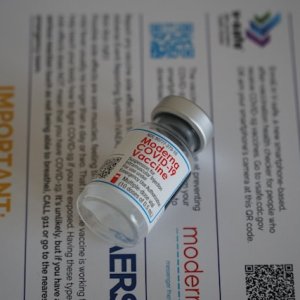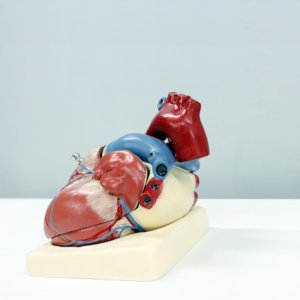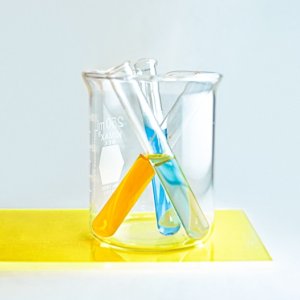Accessibility, Universality: Healthcare Essentials

STORY INLINE POST
Q: How do Merck’s three divisions operate in Mexico and how have they evolved in the country?
A: Our history in this Country began 92 years ago. We currently have pharmaceutical, life sciences and electronics divisions in Mexico. The largest is pharmaceuticals, which is well known for the production of medicines for different therapeutic areas, including highly specialized areas such as oncology, fertility treatments, assisted neurology, immunology and growth hormone treatments. It also manufactures more products for Mexico’s more prevalent morbidities, including diabetes, hypertension, thyroid gland problems, obesity, antibiotics and cardiology.
Merck’s local medicine manufacturing facility expanded during the past year, increasing its production capacity by 40 percent. This plant supplies to over 40 countries around the world, while also providing local services.
Q: What are the priorities for the life sciences and electronics divisions in Mexico?
A: The life sciences division supports researchers in different processes and brings B2B services to pharmaceutical, mining, food and beverages businesses. It manages quality control in the supply chain and services biotechnological companies that produce vaccines.
Our electronics division is small in Latin America but large in Asia. In Mexico, we manufacture specific pigments used in many different products, cosmetics and liquid crystal antennas for the aerospace and naval industry. These antennas will be in every autonomous car in the future.
Q: How does Merck encourage access to innovative medicines?
A: We are trying to solve issues of availability and accessibility. Developing an innovative drug is a complex process for every pharmaceutical company. We allocate 20 percent of our revenue to R&D to build a bridge between our specialists and the needs of our customers.
We have several programs to accompany the patient during their treatment, providing information, medical education and emotional support, especially for serious diseases. We want to be on the side of the patient, the producer and the buyer so everyone can align and ensure the entire population has access to the medicines they need.
Q: How does Mexico participate in the innovation process, specifically in R&D?
A: Clinical research involves four phases, from preclinical to post-commercialization. From phase 2 onward, we have a clear operational framework in Mexico for different therapeutic areas, such as multiple sclerosis, neurology, lupus and oncology for head and neck. We work with approximately 23 public and private centers in the largest cities in the country, collaborating with researchers in clinical studies.
The more experience the country has, the more agile its regulatory and approval processes are, greatly increasing the chances for Mexico to increase its participation in this market.
Q: How are you using technology to accompany patients during treatment?
A: We have sophisticated and accessible equipment that patients can use to inject the medicines they require. We also provide patients with the support they need to use the equipment. Our team of medical professionals accompanies and guides patients throughout their treatment, teaching them how to properly use and take care of the equipment.
We also have alliances with some financial entities to facilitate financing for these types of treatments, allowing patients to get preferential rates.
Q: How was Merck able to meet the high demand for COVID-19 vaccines?
A: There were many challenges. For example, we were unable to work remotely remote due to the nature of the task, so we had to ensure safety for our employees. The high demand was almost impossible to satisfy but we made a large effort to prioritize all our inputs and raw materials for the development and production of the COVID-19 vaccine.
During the pandemic, communications and transportation by air, sea and land were greatly disrupted. The only factor that allowed us to succeed was the commitment of our team. Without a doubt, the effort and commitment of Merck, which has been working for 350 years and has survived 13 other pandemics, played a critical part during this crisis.
Q: How have collaborations helped Merck to grow in the Mexican market?
A: Constant collaboration is key, especially with public health institutes and medical professionals. Our commitment to medical education is always a priority, so we accompany medical professionals during training. Our life sciences developments assure a greater presence for our products in the medical field and in many other critical segments of healthcare.
Q: What are your expectations for the health industry in the coming years?
A: In the short term, we are still facing consumption peaks of some medications related to the waves of COVID-19 cases. Afterward, without a doubt, another problem caused by the pandemic will start to emerge: the diseases neglected because hospitals were saturated with COVID-19 cases. The results of these unattended pathologies will become more prominent.
In the long term, we will continue betting on innovation and technology to strengthen accessibility and meet demand, while continuing to innovate in the fields that Merck is well-known for
Merck Group is the world’s oldest pharmaceutical and chemical company. It works in biopharma, OTCs, allergen immunotherapy, high-tech chemicals and life sciences. Merck has been present in Mexico since 1930.








 By Miriam Bello | Senior Journalist and Industry Analyst -
Thu, 09/22/2022 - 09:49
By Miriam Bello | Senior Journalist and Industry Analyst -
Thu, 09/22/2022 - 09:49














